Renting a semi-trailer can be a vital solution for businesses needing to transport goods without the financial burden of purchasing a fleet. However, understanding the intricacies of rental costs is essential for making informed decisions. This article dissects the various components that determine the cost of renting a semi-trailer, providing insights into factors to consider and tips for optimizing your rental experience.
Table of Contents
- Factors Influencing Semi-Trailer Rental Costs
- 1.1 Trailer Type
- 1.2 Rental Duration
- 1.3 Distance and Mileage
- 1.4 Maintenance and Insurance
- 1.5 Seasonal Demand
- Average Rental Costs
- 2.1 Daily vs. Weekly Rates
- 2.2 Long-term Rentals
- Renting vs. Buying: A Financial Perspective
- Hidden Costs of Renting a Semi-Trailer
- Maximizing Your Rental Experience
- 5.1 Comparing Rental Companies
- 5.2 Understanding Rental Agreements
- 5.3 Pro Tips for First-Time Renters
- Conclusion
Factors Influencing Semi-Trailer Rental Costs
Understanding the factors influencing rental costs can greatly assist in budgeting for your transportation needs.
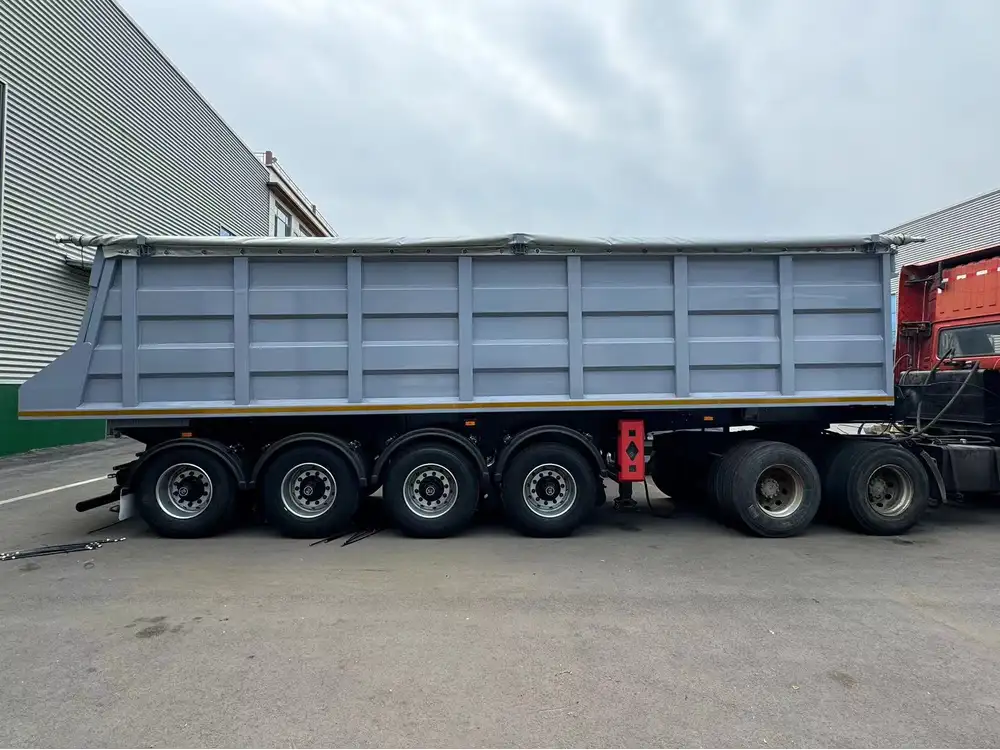
1.1 Trailer Type
The type of semi-trailer you need significantly affects rental prices. Common types include:
| Trailer Type | Typical Usage | Cost Factor |
|---|---|---|
| Flatbed | Transporting large items | Lower rental rates |
| Dry Van | General freight transport | Moderate rental rates |
| Refrigerated Trailer | Temperature-sensitive goods | Higher rental rates |
| Tanker Trailer | Liquids and bulk materials | Variable costs |
Each type serves specific purposes and comes with varying rental and operational costs.
1.2 Rental Duration
The rental duration is another key factor. Rental companies typically offer daily, weekly, or monthly rates. Here’s a breakdown:
- Daily Rentals: Ideal for short-term needs; expect higher rates.
- Weekly Rentals: Generally more economical for a week-long project.
- Monthly Rentals: Best for extended projects, often leading to significant savings. Rates may reduce substantially as duration increases.
1.3 Distance and Mileage
The distance you plan to travel can impact rental costs significantly. Many companies have mileage restrictions or charges for exceeding predetermined limits. Mileage fees can range anywhere from $0.10 to $0.50 per mile, depending on the rental agreement. Always inquire about these fees beforehand.
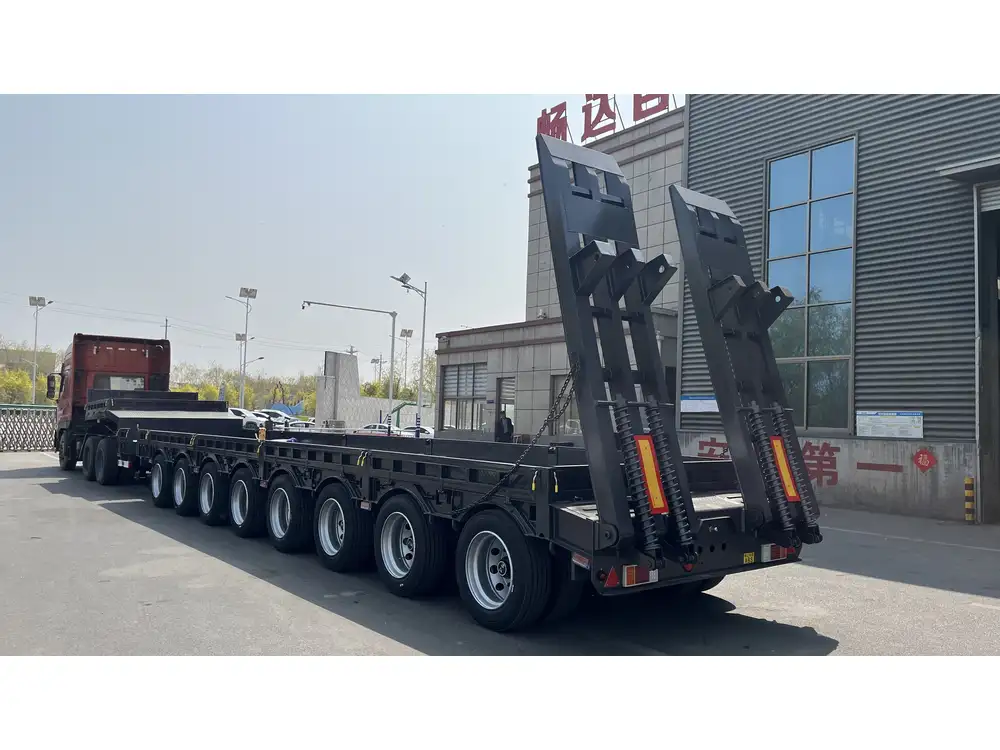
1.4 Maintenance and Insurance
Maintenance responsibilities also factor into rental costs. Some rental companies include maintenance fees in their contracts; others may charge extra. Insurance is another critical component. Depending on the trailer type and rental duration, coverage can vary from a few dollars a day to several hundred. It’s crucial to understand your insurance needs before renting.
1.5 Seasonal Demand
Seasonal demand can fluctuate rental costs considerably. Peak seasons, like holidays, see increased demand, causing prices to rise. Off-peak times may offer better rates, so plan your rentals accordingly.
Average Rental Costs
To provide a clearer financial picture, let’s delve into average rental costs and comparisons.
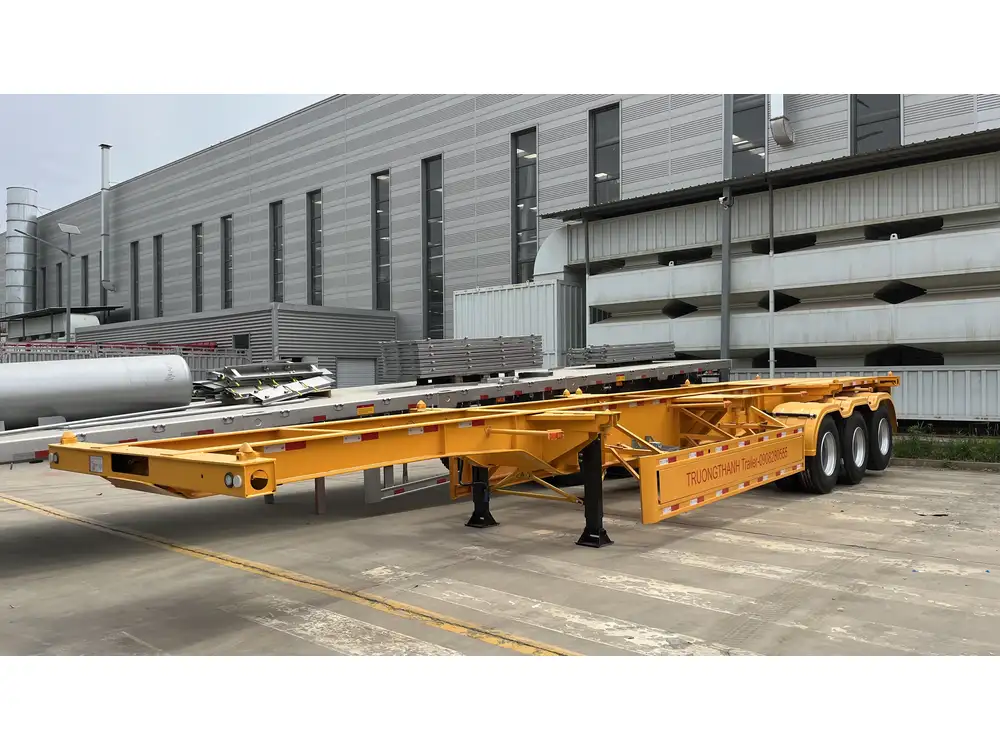
2.1 Daily vs. Weekly Rates
| Rental Duration | Cost Range |
|---|---|
| Daily | $100 – $150 |
| Weekly | $600 – $1,000 |
2.2 Long-term Rentals
For businesses with long-term needs, opting for monthly rentals can save substantial amounts. Monthly rates could range from $2,000 to $3,000, often including maintenance provisions, which further enhances cost-effectiveness.
Renting vs. Buying: A Financial Perspective
Deciding whether to rent or buy a semi-trailer involves various financial considerations:
- Upfront Costs: Renting typically requires lower upfront costs compared to purchasing, which can alleviate cash flow concerns.
- Depreciation: Owners bear the burden of depreciation, while renters avoid this concern.
- Maintenance Funding: Rentals often include maintenance services, saving renters from unexpected repair costs.
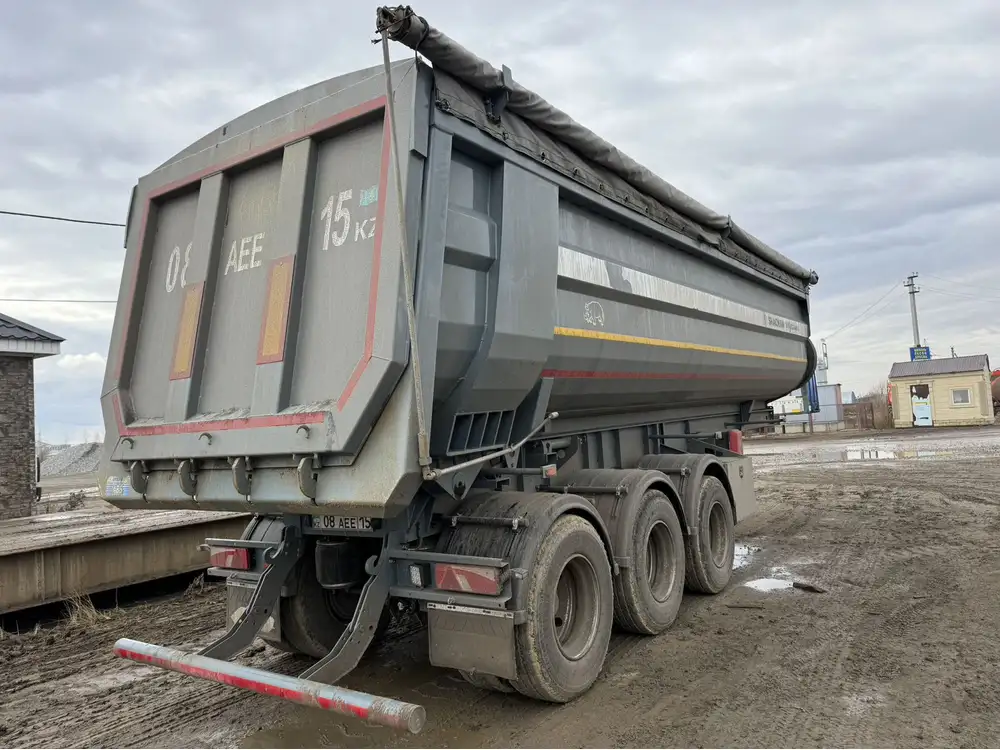
Comparing Costs
| Factor | Renting | Buying |
|---|---|---|
| Initial Investment | Low | High |
| Ongoing Expenses | Variable | Maintenance & Repairs |
| Depreciation | None | Yes |
Deciding based on specific business needs and financial situation is essential.
Hidden Costs of Renting a Semi-Trailer
While the visible price tag of renting a semi-trailer can seem manageable, hidden costs can add up quickly. Here’s what to watch for:
- Fuel Costs: Always factor in fuel expenses, which can vary based on trailer size and load.
- Late Return Fees: Returning a trailer late often incurs substantial fees, so ensure adherence to deadlines.
- Damage Fees: Understand your liability. Some contracts have steep costs for minor damages.
- Disposal Fees: If transporting certain materials, disposal fees may be applicable.
Each potential fee can impact the overall budget and should be clearly understood before finalizing any rental agreement.
Maximizing Your Rental Experience
Being informed and prepared enhances your rental experience and ensures smooth operations.
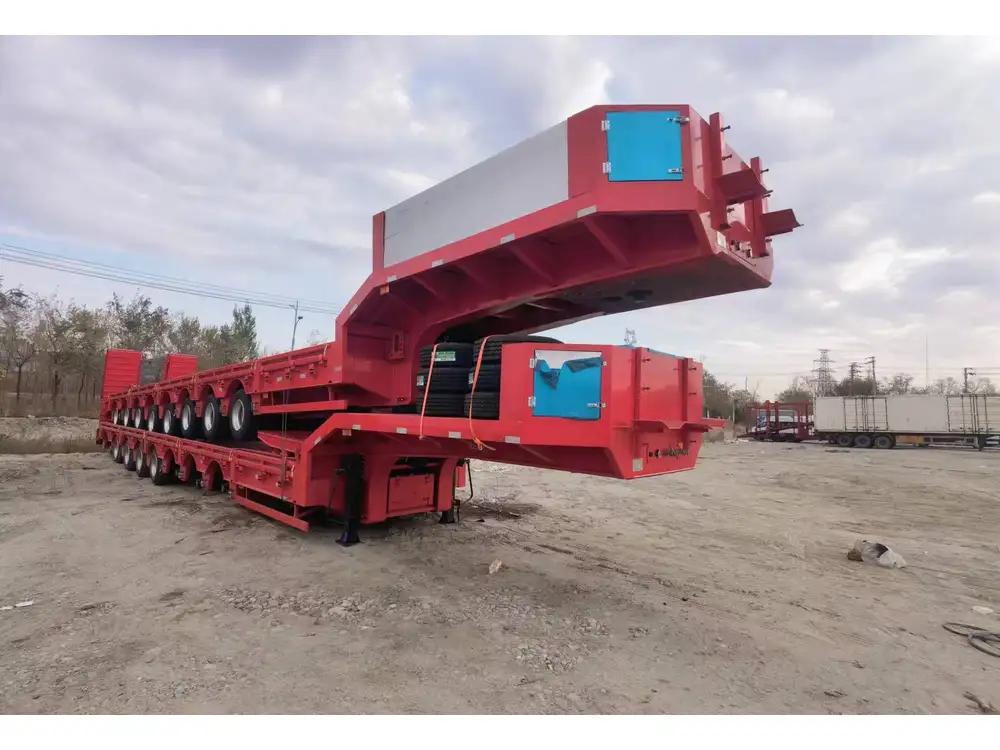
5.1 Comparing Rental Companies
Not all rental companies are created equal. Researching different providers allows you to compare rates, equipment quality, and customer service. Consider:
- Fleet Age: Newer trailers tend to offer better reliability.
- Customer Feedback: Look for reviews regarding the rental experience.
- Support Services: Verify availability of roadside assistance or support during rental periods.
5.2 Understanding Rental Agreements
Before signing any agreements, meticulously read the terms to avoid surprises.
- Included Services: Clarify what maintenance or insurance is covered.
- Penalties and Fees: Look for hidden fees related to mileage, late fees, or damages.
5.3 Pro Tips for First-Time Renters
For businesses new to renting semi-trailers, following these recommendations can streamline the process:
- Plan Your Route: Anticipate potential obstacles and plan routes accordingly.
- Inspect Before Use: Always conduct a thorough inspection before picking up the trailer.
- Document Pre-existing Damage: Take photos of the trailer prior to use to have a record of its condition.

Conclusion
Understanding what it costs to rent a semi-trailer involves comprehending various components, including type, duration, distance, hidden costs, and more. As a semi-trailer manufacturer, we recognize the complexities that come into play, providing a myriad of options to suit diverse transportation needs.
For businesses, being well-informed not only helps in minimizing costs but also in enhancing logistical efficiency. As you embarked on your journey of renting, consider the insights shared in this piece as a stepping stone towards making knowledgeable and financially sound decisions. Whether it’s a flatbed for heavy equipment or a refrigerated unit for perishable goods, knowing how to navigate rental agreements can translate into success for your operations.
Explore the various rental options available and embark on a cost-effective journey tailored to meet your business’s unique needs.



